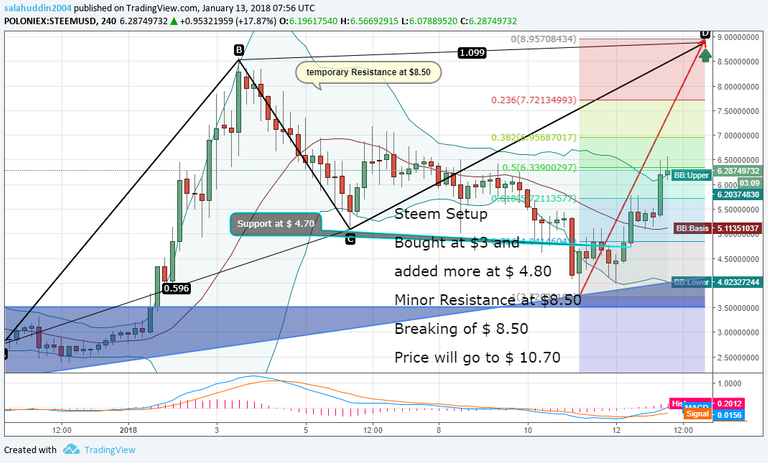When countries try to peg to the USD, they think they are creating stability but they actually create huge stresses: they are usually developing nations who need to concentrate on growth, with some inflation, and to boost their own currency. Instead they find they need to limit growth to maintain their peg. What the peg really does is maintain the value of that nation's debts towards its creditors - that's the real aim.
On Steemit, I think we can now see the mechanism of having two currencies - and how to trade them with respect to each other. We don't have a debt-economy and, whether intended or not, the "peg" is working, just perhaps not how many expected it to.
well, sbd is debt to steem... in a way, it allows the blockchain to award bloggers, without spending as much in the immediate moment. the concern is inflating the supply of sbd enough to bring price to $1 would create A LOT more debt to the blockchain... so of course, witnesses are wary of doing that. however, having such a strong steem value inflates sbd quite naturally, anyhow.... still not anywhere close to the volume required for that $1 peg... again, I think the mythical $1 peg won't show up for some years... however, while the fed and the us govt continue to deflate the usd, and cryptos help that process along by taking away that huge store of value from the central banks... they really gotta be spinning their gears on how to co-opt this movement... otherwise generations of power will become powerless... they always let a generation think they are winning for only so long :-( hopefully we don't buy into their co-opting scheme as easily this time
Steem for Steemians ! Next meeting at $ 10.70

Keynes taught that a country can either have external stability or internal stability, but not both at the same time. External stability is constant exchange rates. Internal stability is normal growth, not distorted by exchange rate pegs. Maintaining external stability requires adjusting interest rates to keep capital flows from changing the exchange rate too much. Maintaining internal stability requires countercyclical interest rate policy: lower in recessions, higher in booms. Hence, the conflict.
In practice, every commodity peg has been successfully attacked and so have many exchange rate pegs. The only pegs that have been stable (with a notable exception in Argentina) are currency pegs, normally implemented by an exchange board that trades currency to maintain the exchange rate within a preset band. The main problem with this is that the country doing the peggings is importing the pegged country's macroeconomic policy. Argentina has shown that the attempt to enforce internal discipline can fail, too, leading to policy collapse.